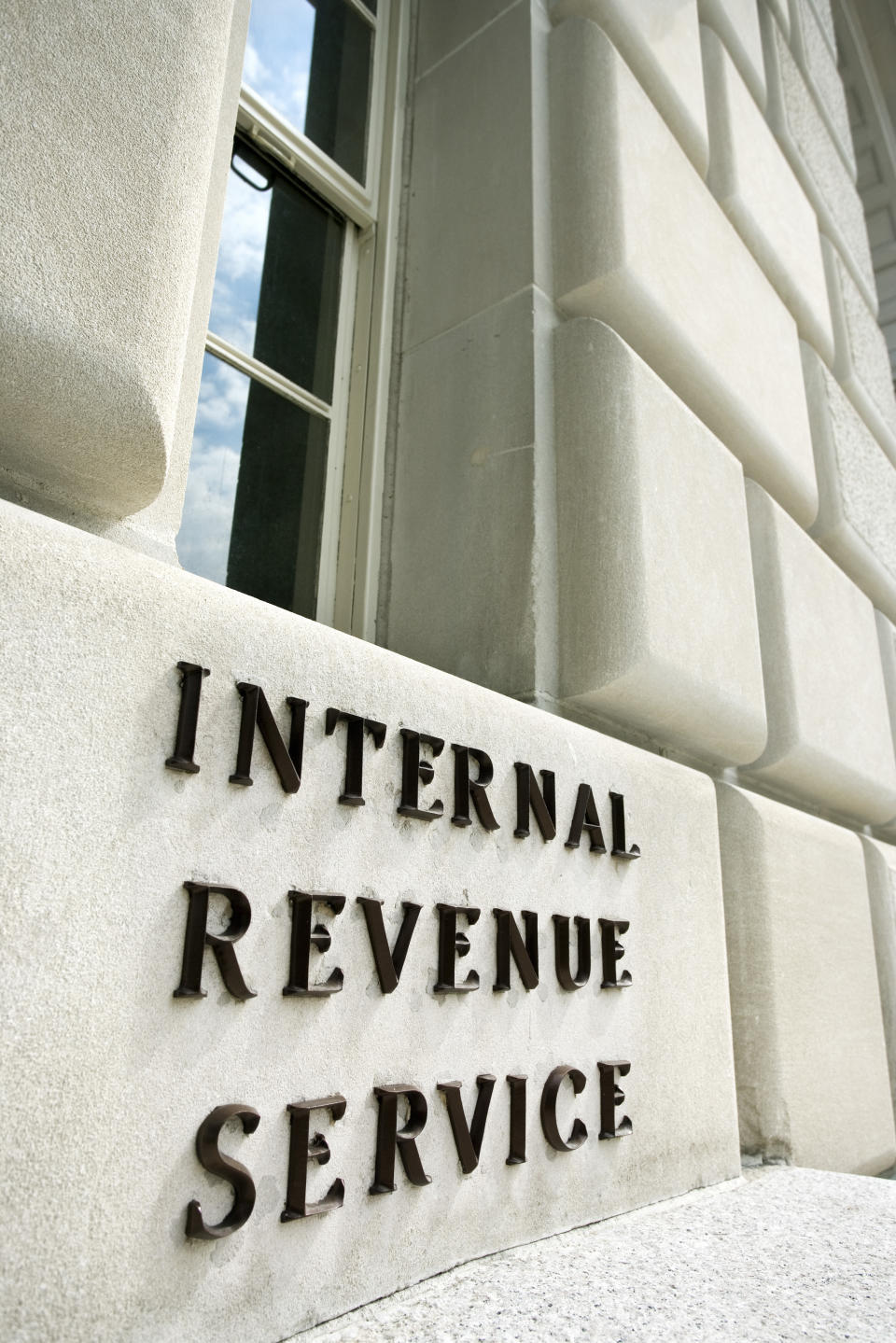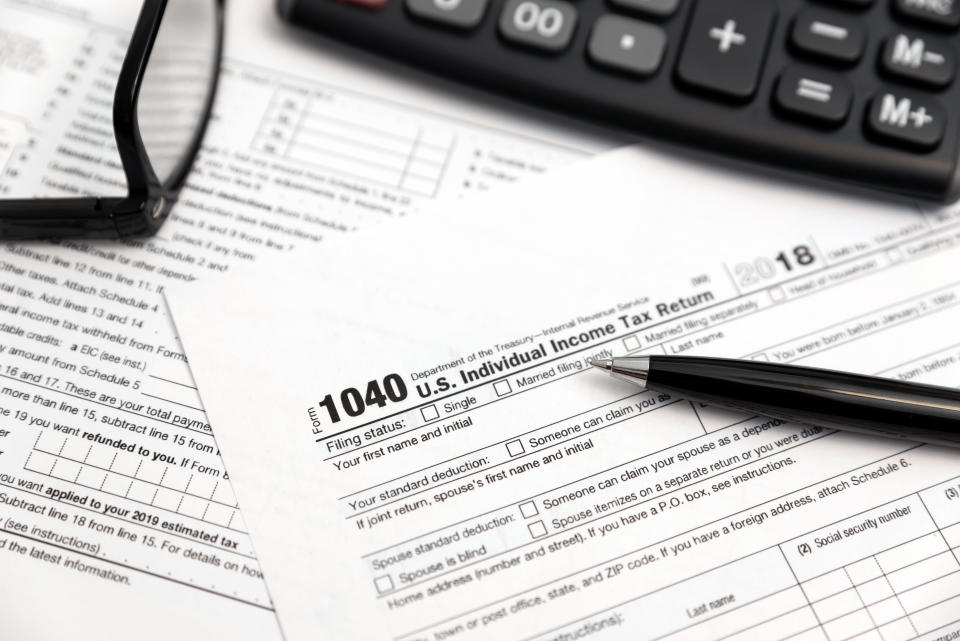Taxes 2020: How to pay your tax bill (and what to do if you can't)
The coronavirus pandemic has changed your federal taxes this year, including when you need to pay any taxes you owe Uncle Sam.
Taxpayers now have until July 15 to pay their tax liability, three months later than the original deadline of April 15. If you file for an additional three-month extension to Oct. 15, you still need to make any tax payments by July 15.
The extended deadline also applies to any 2019 installment payments that were originally due on April 15, as well as the first-quarter estimated tax payment that self-employed Americans must make.
The payment extension is automatic. You don’t have to file any forms or qualify in any way for the new July 15 deadline.
Here are some more aspects of your tax bill to keep in mind:
Paying your tax liability in full
While you have more time to settle up with the federal government, it may be prudent to consider the various ways you can pay your tax bill — especially given the uncertain times due to the pandemic.

Here are your options if you can afford to pay your tax bill in full:
Automatic withdrawal: You can have your payment taken directly from your bank account when you choose the e-pay option offered by your tax prep software or your tax pro. You also can pay the Internal Revenue Service directly through its "Direct Pay" online service for free.
Debit or credit card: You can pay by online or over the phone using PayUSAtax, Pay1040 or Official Payments, which charge a service fee.
Cash: Some participating retailers like 7-Eleven allow you to make your tax payment with cash. There’s typically a small fee and the payment takes five to seven business days to process your payment, so make the payment a week before the July 15 deadline.
Check, money order, or cashier’s check: Mail it to the address listed on the notice or instructions. Make it payable to the U.S. Treasury and include:
Your name
Address
Phone number
Social Security number or employer ID number
Tax year
Any related tax forms or notice numbers
Same-day wire: Some banks provide this service. Ask your bank for details.

If you can’t pay your tax bill
If you don’t have the money to spare to pay what you owe, you have three options:
Installment plans: You can apply for a short- or long-term monthly installment plan online with the IRS. There’s no set-up cost for a short-term plan, which is less than 120 days.
There’s a $31 fee to set up a long-term plan that lasts more than 120 days. If you owe more than $25,000, there’s a $149 fee to set up a payment plan and payments must be made automatically from your checking account. You still pay accrued penalties and interest on all plans.
Offer in compromise: You can offer to settle for less than your tax debt. The IRS considers your ability to pay, income, expenses, and asset equity. The agency requires that you explore other payment options before submitting an offer in compromise. Not all offers are accepted.
Delayed payment: You can request for a temporary delay in payment. The IRS will grant your request if it finds you can’t pay any of your tax bill based on your financial circumstances. Interest and penalties will still accrue during this time, and the IRS may file a federal lien against you.
If you scheduled a tax payment

If you filed your taxes and scheduled your tax payment for April 15, the payment date won’t be automatically extended until the new deadline on July 15. You will have to change the payment debt yourself.
IRS Direct Pay: You can change or cancel a payment until two business days before the scheduled date by accessing the “Look Up a Payment” tool with the confirmation number that was emailed to you.
Electronic Federal Tax Payment System (EFTPS): Click on Payments on the EFTPS home page and log in. Choose the “Cancel a Tax Payment” in the left menu. You must make the change at least two business days before the scheduled payment.
If you scheduled an electronic funds withdrawal, contact a representative at 888-353-4537 to cancel your payment. Cancellation requests must be made two business days before the scheduled payment.
If you scheduled a payment by credit card or debit card, you must contact the bank or card issuer to reschedule or cancel the payment.
Janna is an editor for Yahoo Money and Cashay. Follow her on Twitter @JannaHerron.
Read more:
How the extended tax deadline affects payments, retirement contributions, and more
Where is my tax refund? This chart shows when you can expect it
Read more personal finance information, news, and tips on Cashay

 money
money 
